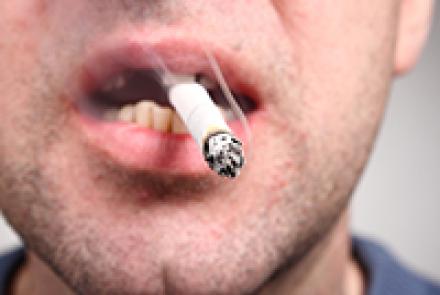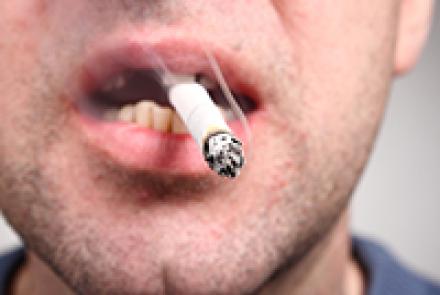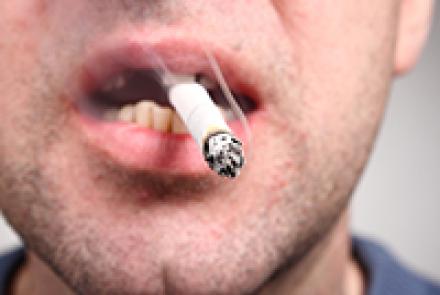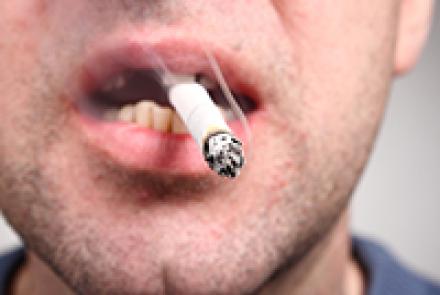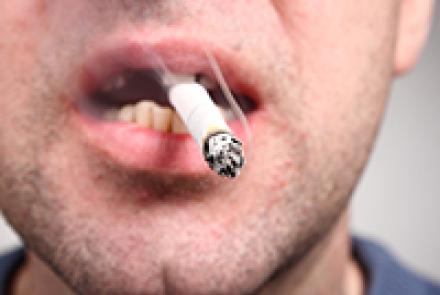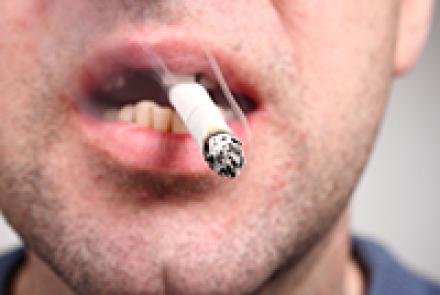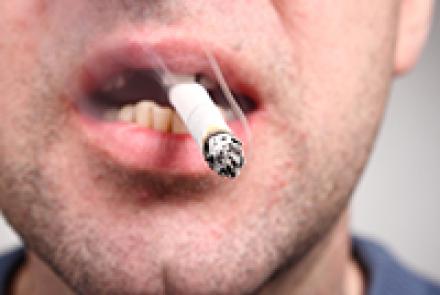The treatment depends on the site and size of the tumour, how far the cancer has spread and the patient’s general state of health. The doctor may recommend some of the following:
Surgery: The surgeon may remove the tumour or the affected area. The patient may need reconstructive surgery following this to restore the appearance and function of the area affected.
Radiotherapy: Radiotherapy is a treatment that uses high-energy beams of radiation focused on cancerous tissue. This kills cancer cells…
Latest Stories
- Apart from the treatment options, the following are important as well: Food and nutrition Eating right is a key part of cancer treatment. You need to keep your body as strong as possible before, during and after treatment, so you need to take in enough nutrients. Eating enough proteins and calories will help your body deal with the treatment and fight off infections. Weight loss or malnutrition presents a real life risk for cancer patients. But for some oral cancer patients, food intake…
- Stages of oral cancer TNM Staging of oral cancer. T stands for tumour size. TX- Primary tumour cannot be assessed T0- No evidence of primary tumour Tis -Carcinoma in situ T1- Tumour 2 cm or less in greatest dimension T2 -Tumour more than 2cm but not more than 4cm in greatest dimension T3 -Tumour more than 4cm in greatest dimension T4 - Tumour invades adjacent structures, eg, through jaw bone, jaw nerve, floor of mouth, skin of face. N stands for lymph node involvement. NX:…
- If you have any of the following, see your dentist: Swelling, ulcer or any type of growth in the oral cavity or around the mouth White or red patches on lips, gum, tongue or mouth lining A lump that can be felt inside the mouth or on the neck Pain or difficulty chewing, swallowing or speaking Continued hoarseness of voice Numbness or pain in any area of the mouth that doesn’t go away Swelling of the upper or lower jaw Sudden loosening of teeth Difficulty in wearing dentures Bleeding in any…
- The doctor may recommend some of the following tests: Colposcopy and optical diagnostic systems: The colposcope is an instrument with a magnifying lens that allows the doctor to take a close look at the affected part of the mouth. Acetic acid solution and iodine solution (Lugol's or Schiller's) are applied to the surface to improve visualisation of abnormal areas. Toluidine blue (TB) and lugols iodine staining: is a simple and inexpensive diagnostic tool to…
- The risk factors include the following: Habitual smoking, taking snuff and chewing of tobacco,gutka, pan or areca nut Heavy drinking of alcohol Human papilloma virus (HPV) Epstein-Barr virus Lichen planus that causes white lines and spots in the mouth. On immuno suppression drugs Exposure to radiation at a young age Previous personal history of cancer elsewhere in the body Family history of cancer Certain genetic traits and syndromes (such as Fanconi anemia and Dsykeratosis congenita)…
- Can oral cancer be prevented Go for regular screening. People without risk factors should get screened every 6 months. Those with risk factors should get screened monthly. If oral cancer is detected early, the cure rate is more than 80%. Your dentist will examine your mouth during a routine visit, anyway, but if you have any concern, do mention it. Do not use tobacco in any form (both smoking and chewing tobacco can cause cancer) Do not chew betel nut or pan Do not drink alcohol in excess Stay…
- Oral cancer refers to cancers of the head and neck. It includes cancer of the lips, tongue, cheeks, gums, salivary glands, floor of the mouth, hard and soft palate, sinuses and pharynx. Brain cancer falls in a different category. The leading causes of oral cancer are smoking and drinking too much alcohol. Ninety per cent of oral cancers are squamous cell carcinoma of oral mucosal origin. Squamous cells line the lips and the oral cavity. The oral cavity is bounded above and laterally by the…
- What causes osteoporosis Limited formation of bone early in life, or loss of bone structure later in life leads to osteoporosis. The factors that help in bone growth during youth affect bone mass during the adult years, particularly the following: • Poor calcium intake • Poor absorption of calcium from the gut • Reproductive calcium intake, i.e., the amount of calcium utilized by the body in women • Vitamin D deficiency • Lack of physical activity • Increased Parathyroid gland function,…


